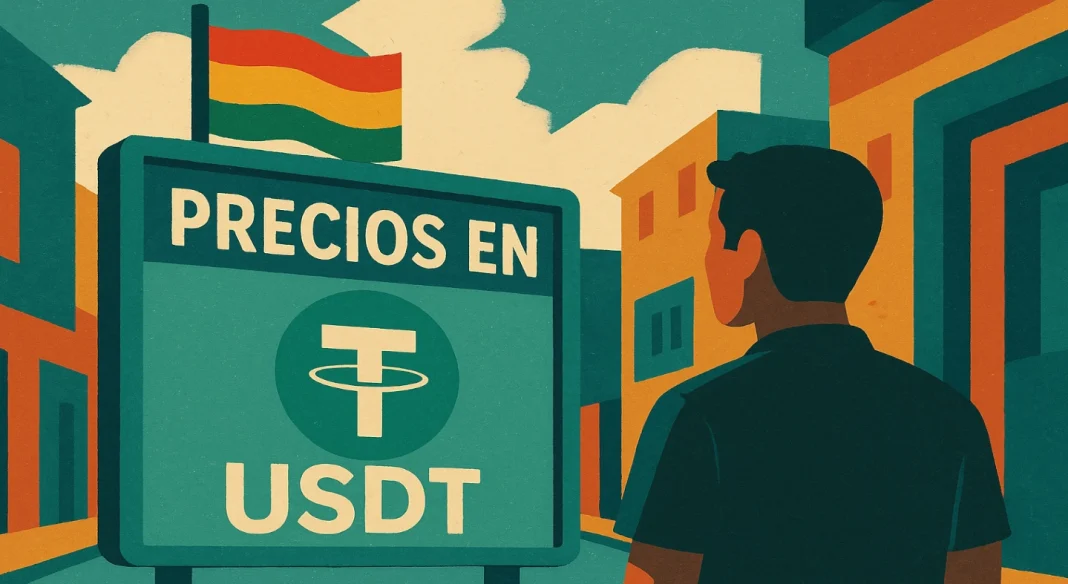Alright, picture this, you’re at an airport shop in Bolivia, ready to grab some sunglasses or maybe a sweet treat, and what do you see?
Price tags not in the local Boliviano, not even in good old US dollars, but in Tether’s USDT stablecoin.
The digital dollar is creeping into everyday life in a country where the economy is, let’s just say, having a rough day.
USDT is the new monetary standard in Bolivia?
Tether’s CEO, Paolo Ardoino, dropped some eye-opening photos on social media showing exactly this scene.
In Bolivia, real prices in shops are displayed in USD₮.
A quietly revolutionary shift: digital dollars are powering daily life, commerce, and economic stability. pic.twitter.com/dGP7I2ipxv
— Paolo Ardoino 🤖 (@paoloardoino) June 7, 2025
At Duty Fly, a duty-free shop in a Bolivian airport, goods like Oreos and sunglasses sport price tags in USDT.
And get this, the shop’s notice to customers says prices are pegged to USDT, with the exchange rate set daily by Bolivia’s Central Bank, based on Binance’s crypto market rates.
You can pay in Bolivianos, US dollars, or USDT, but the stablecoin is the anchor for pricing. What a time to be alive.
Now, why should you care? Because Bolivia’s economy is crumbling faster than your office coffee machine on a Monday morning, that’s why.
Foreign reserves have tanked from $15 billion in 2014 to a measly $1.98 billion by the end of 2024, barely enough to cover three months of imports.
And most of that is tied up in gold, not cold cash. And boy, inflation’s running wild at 14.6%, the local currency’s buying power is evaporating quicker than free donuts in the break room.
Price control, capital control
The black market for dollars is booming too, with street rates hitting about 10 Bolivianos per dollar, while the official rate lingers near 7.
The government’s shelling out around $56 million a week just to import diesel and gasoline, yet shortages persist nationwide.
So, what do people do? They turn to USDT, a stablecoin pegged to the US dollar, for a more reliable yardstick.
And it’s not just shops jumping on the bandwagon. Even Banco Bisa, one of Bolivia’s biggest banks, launched a custody service for USDT in late 2024. Their clients can now buy, sell, and transfer USDT through the bank, which adds a layer of security and legitimacy to this digital currency craze.
Shifting economy
Look, it’s not just about crypto hype or tech trends. For Bolivians, USDT is becoming a lifeline, just like for example in Argentine, a way to dodge the chaos of inflation and currency devaluation.
When a pack of Oreos costs between 15 and 22 USDT, you know the local money’s losing its grip fast.
So, next time you grumble about price tags at your local store, spare a thought for Bolivia, where digital dollars might just be the new normal.
Disclosure:This article does not contain investment advice or recommendations. Every investment and trading move involves risk, and readers should conduct their own research when making a decision.
Kriptoworld.com accepts no liability for any errors in the articles or for any financial loss resulting from incorrect information.


